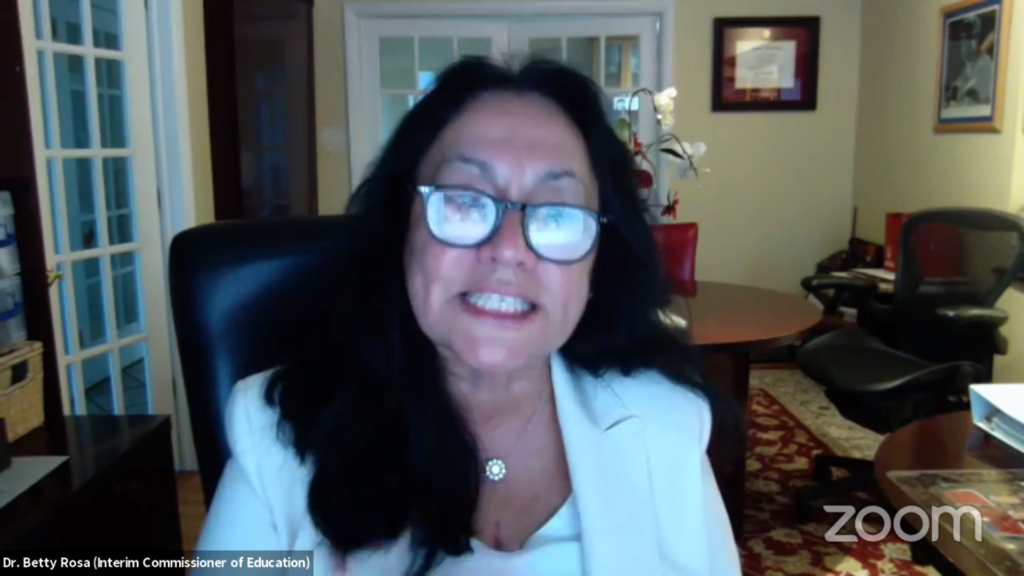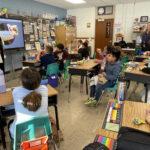ROCK TAVERN – Hudson Valley educators shared concerns about the standing of education within the state’s budget following the COVID-19 pandemic and as they prepare for going back to school.
The Hudson Valley Area Labor Federation (HVALF) hosted a number of professional educators, Friday evening, as part of their ongoing Virtual Fridays web conference series.
Panelists shared perspectives on issues across the education spectrum: virtual teaching, inequities in districts that have mostly students of racial minorities, how to put students at ease while dealing with the new “normal”; but, above all, highlighted a common concern with the proposed 20 percent cuts in education funding and what potential solutions exist to mitigate the cuts.
United University Professions (UUP) New Paltz Chapter President Beth Wilson said they don’t expect the budgeting news from the state to be good, but elected officials need to set an example that reflects education is a priority within the state. If they don’t prioritize post-COVID education funding, education in NY may become unrecognizable.
“It’s all about cut, cut, cut, cut, cut,” said Wilson. “What system are we going to have for public education: K-12 and higher education if we slash it to ribbons now? I’ve been seeing people walking away from the career of being an educator. It’s the time to take their retirement, or it’s the time not to go into education because what’s the future of it? It’s looking really, really bleak,” said Wison.
She added the budget is an expression of the political will of elected officials and educators want less lip service from politicians and more tangible support.
Panelist educators expressed specific concerns with the quality of education for high-needs districts. They acknowledged, even before the pandemic, there was a large funding disparity between inner city and rural districts, compared to suburban ones, with the investment per child differing by tens of thousands in some cases. One such instance is in regards to remote learning and the plans for its continued usage moving into this school year.
In communities that have poor broadband service, students are at a major disadvantage. They may also not own the requisite devices for remote learning. Also, according to educators, there have been more instances of child services being called in the state because teachers are viewing inside the homes of their students, some of which can be tumultuous. These students don’t have the safe haven of school in remote learning cases and don’t have an opportunity to confidentially tell an educator if they are having a problem at home.
The solution panelists suggested to prevent cuts is to tax the “ultra-rich.” This varies however, some submit this taxation be given to those with a $1 million, or higher, annual income, while there have recently been state officials suggesting that amount be $5 million annually per household.
HVALF maintains this is the time for educators to leverage the state and demand adequate funding. Their position is every aspect of societal and economic health starts with education, so when the state decides the budgeting, they should be doing it with that in mind.








